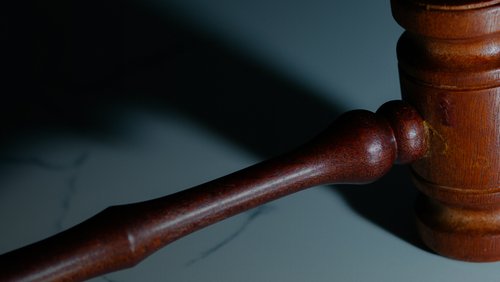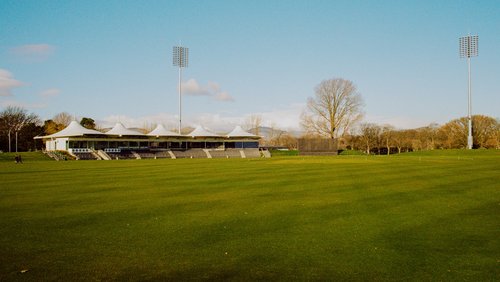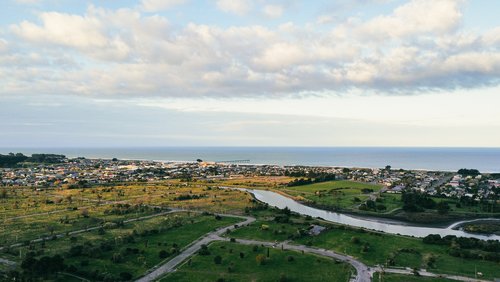23 Oct 2014
Elms & Stannard V Harding – Disciplinary Committee Summary
IPENZ received complaints from Mr Tim Elms (on behalf of himself and 54 others) and from Mr Mike Stannard, Chief Engineer, Ministry of Business, Innovation and Employment, about the professional conduct of Mr David Harding in relation to the CTV building in Christchurch. The CTV building collapsed during the 22 February 2011 earthquake with the loss of 115 lives.
These complaints were ultimately referred to a Disciplinary Committee which held a hearing in Christchurch on 14 July 2014. Mr Harding was a Professional Member of IPENZ at the time of his involvement in the design and construction of the CTV building. He continued to be a Member when the complaints were made in late 2012 but subsequently resigned his Membership of IPENZ in July 2014.
In 1986, while employed by Alan Reay Consulting Engineers (ARCE), Mr Harding carried out the structural design of the CTV building. He was not experienced in the analysis, design and construction of multi-storey structures of this type and, in fact, had re-joined ARCE in order to gain experience in this area of work. While the design development was discussed with Dr Reay, there was no evidence that there had been any overview of the final design documents, which Mr Harding had signed and submitted to the Christchurch City Council for building permit approval.
The Canterbury Earthquakes Royal Commission (Royal Commission) investigated the causes of the collapse of the CTV building. It found that the structural design of the building was seriously deficient in multiple ways. The Disciplinary Committee acknowledged that Mr Harding accepted the findings of the Royal Commission and by doing so essentially accepted that he had breached the IPENZ Code of Ethics current at the time he completed the design of the CTV building.
The Disciplinary Committee considered that Mr Harding met the ethical requirement to disclose the limits of his competence. However, by signing and submitting the design documentation for the CTV building to the Christchurch City Council, Mr Harding effectively misrepresented his competence. Furthermore, Mr Harding as a professional engineer should have been proactive and taken steps to make sure that his design was properly reviewed.
The Disciplinary Committee determined that Mr Harding breached the IPENZ Code of Ethics published in February 1986 and that this breach constituted grounds for discipline under Rule 11 of the IPENZ Rules. In its earlier decision dealing with the matter of jurisdiction, the Disciplinary Committee accepted that Mr Harding’s resignation effectively removed its ability to discipline Mr Harding under the IPENZ Rules. This was in the sense that the Disciplinary Committee no longer had power to make any orders against him, because he was no longer an IPENZ Member. However, as indicated in the subsequent High Court ruling confirming IPENZ’s jurisdiction in this matter, publication could be considered as a sanction.
Accordingly, the Disciplinary Committee determined that its decision should be published in full and without commentary on the IPENZ website for a minimum of one year. Furthermore, the Committee decided to publish a summary of the case on the IPENZ website and in Engineering Dimension, and to publish a public notice in the national press stating that its decision was available on the IPENZ website.
During the hearing, the Disciplinary Committee sought to identify whether there were lessons to be learned that could contribute to improvements in engineering practice and subsequently made three recommendations.
It recommended that IPENZ and ACENZ undertake a comprehensive review of Practice Note 14 – Structural Engineering Design Office Practice published in August 2009 to take account of the issues related to the practice of structural engineering that have been identified not only from the collapse of the CTV building but also from the wider investigations of the Canterbury Earthquakes Royal Commission. In particular, the Disciplinary Committee suggested that guidance be given in respect of acceptable practices for small design firms and sole practitioners, expanding significantly on what is written in the current version of the Practice Note.
IPENZ and ACENZ could also give consideration to developing guidelines for the management of small engineering design consultancies since the challenges of dealing with issues such as design review, and the supervision and mentoring of staff are not unique to structural design offices but rather are common to all small professional engineering organisations.
The Disciplinary Committee recommended that IPENZ conducts a review to identify specific engineering activities for which the public interest would be served by requiring, through regulation, that the responsible engineer was a Chartered Professional Engineer and follows this up with recommendations to central government and local authorities.
Read the full determination | 482.7 KB
Read the Disciplinary Committee summary | 124.8 KB




